Playing the net in doubles tennis is an art that can significantly enhance your game and intimidate your opponents. This comprehensive guide will delve into the nuances of net play, providing you with the strategies and insights needed to dominate the doubles court.
Key Takeaways:
- Understand the importance of positioning and movement for the net player in doubles tennis.
- Learn specific tennis doubles strategies to maximize your effectiveness at the net.
- Discover how to communicate and coordinate with your doubles partner for seamless net play.
The Role of the Net Player in Doubles Tennis
The net player in doubles tennis is a crucial component of a successful team. Their primary role is to cut off angles, create pressure, and capitalize on weak shots from the opposing team.
A net player must be agile, have quick reflexes, and possess a strong volley game. They should be constantly moving, ready to pounce on any short ball or weak return.
Positioning for Success
Tennis doubles positioning is all about being in the right place at the right time. The net player should position themselves close to the center service line to cover the most court.
This strategic placement allows for intercepting balls across the net and reduces the angles for the opposing team's passing shots. It's essential to avoid being a sitting duck by staying active and ready to move.
The Art of the Volley
A good volley is a net player's best friend. The ability to hit the ball before it bounces gives the net player an advantage, as it reduces the reaction time for the opposing team. A crisp backhand volley or a sharp forehand can turn the tide of a match. Practice with a ball machine or a partner to refine your volley skills, aiming to hit the ball deeper into the opponent's court.
Communication with Your Doubles Partner
Playing smarter doubles means seamless communication with your doubles partner. Whether it's deciding who takes the ball down the middle or signaling a poach, effective communication ensures that both players are on the same page.
Use hand signals or verbal cues to coordinate movements and strategies without giving away your game plan to the other team.
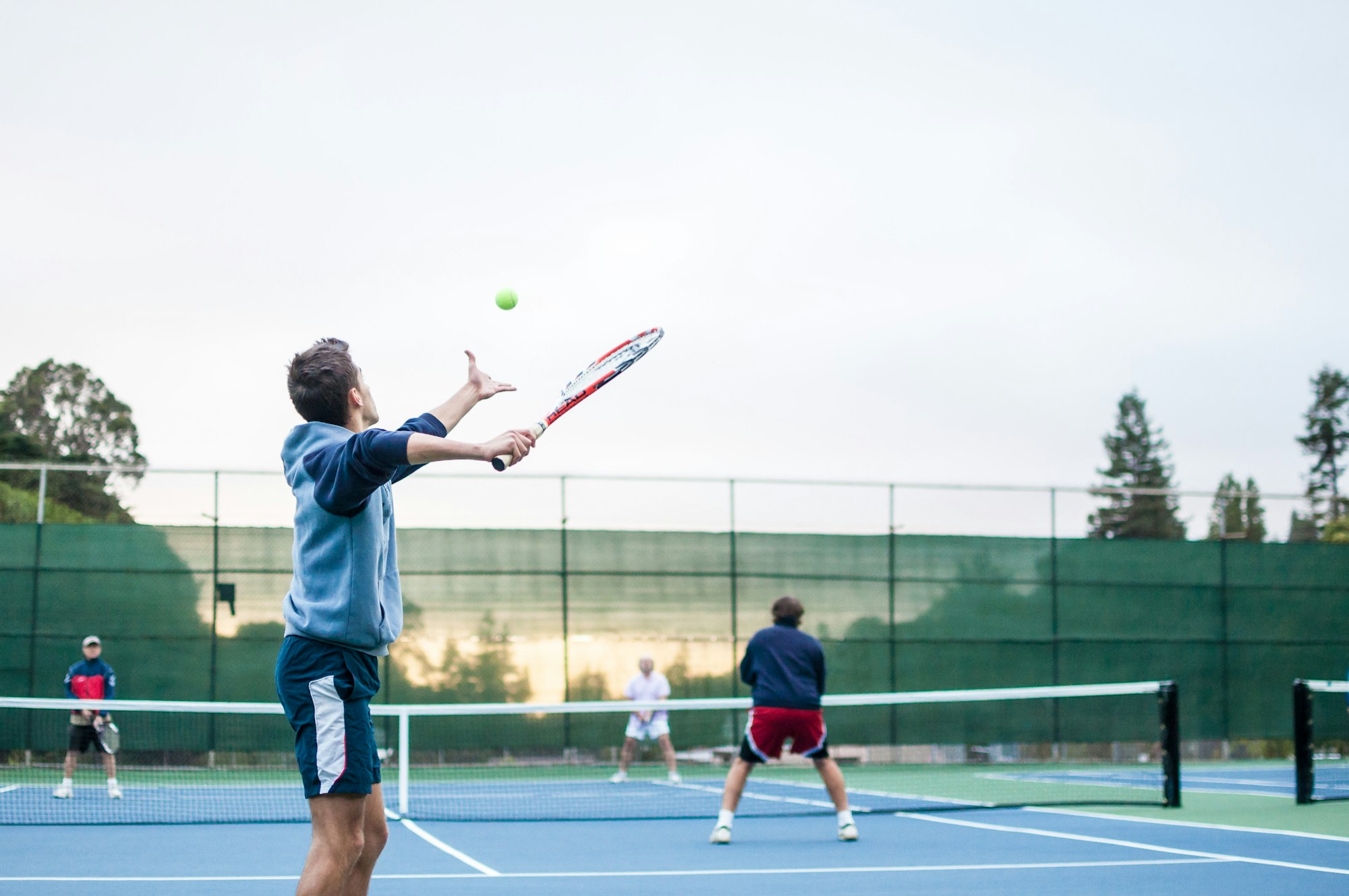
The Importance of the Split Step
The split step is a fundamental move for any net player. It involves a small hop as the opponent hits the ball, landing on the balls of your feet, ready to move in any direction. This technique allows the net player to react quickly to the next shot, whether it's a lob, a passing shot, or a short ball.
Mastering the Poach
Poaching is a dynamic move where the net player crosses the court to intercept a return. It's a high-risk, high-reward strategy that can earn free points if executed correctly.
The key is to read the opponent's body language and anticipate the ball's trajectory. A successful poach can disrupt the rhythm of the opposing team and put your team in an offensive position.
Dealing with Lobs
Lobs can be the bane of a net player's existence. When faced with a lob return, the net player must quickly decide whether to hit an overhead smash or retreat to a defensive position.
If the lob is deep, communication with your partner is vital to determine who will take the shot. Practicing overheads and lobs with your partner can prepare you for these situations.
The Australian Formation
The Australian formation is a tennis doubles strategy where both players start on the same side of the court. This formation can be particularly effective in disrupting the server's rhythm and forcing them to hit more backhands.
It provides more room for the net player to poach and can be a strategic play against opponents with a strong cross-court return.
The Importance of Serve and Volley
The serve and volley is a classic doubles strategy where the server's partner rushes to the net after the serve.
This puts immediate pressure on the returner and can lead to quick points. The net player must be ready to volley or hit an overhead, depending on the return. It's a tactic that requires good team coordination and sharp net skills.
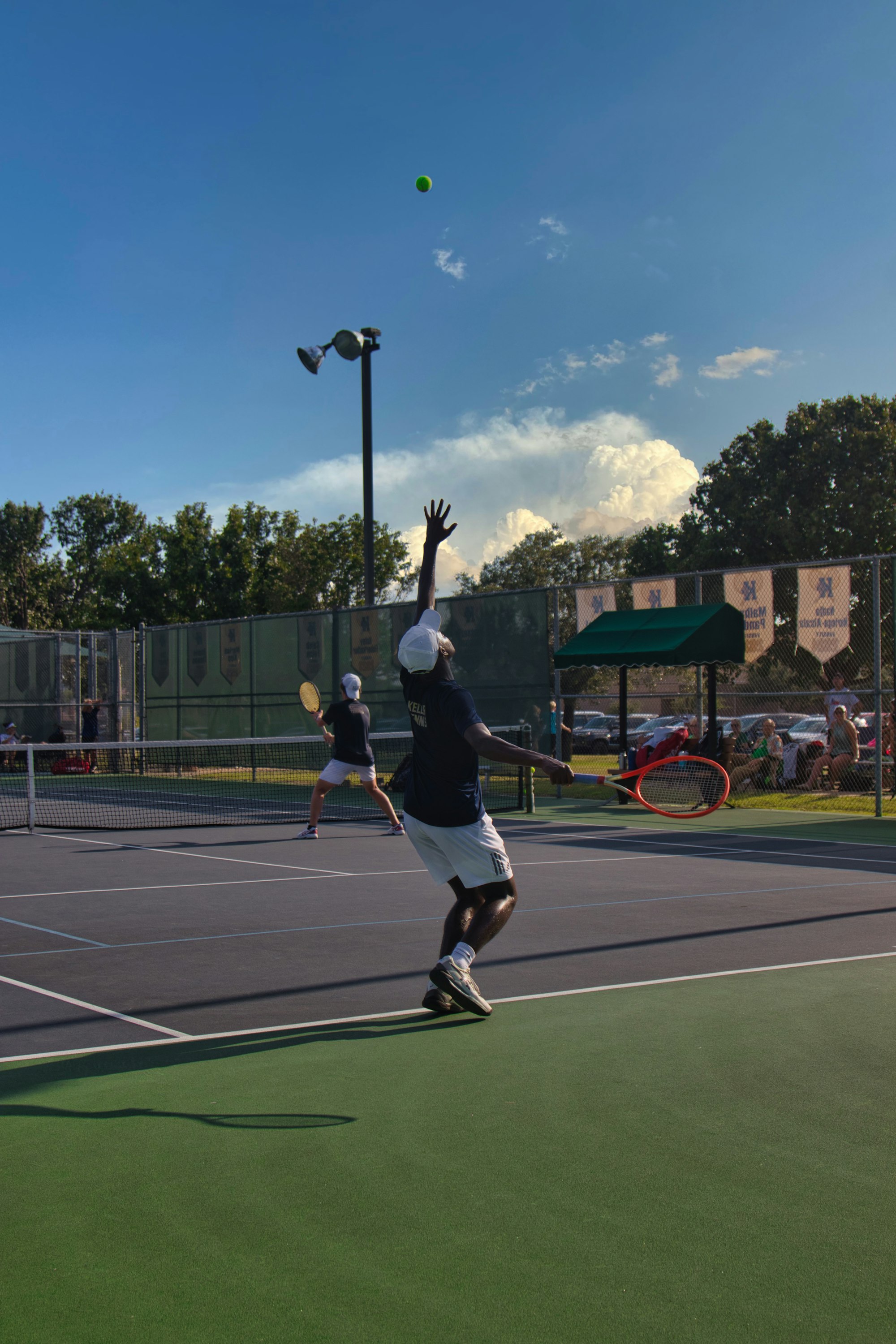
Tennis Doubles Strategy at the Net
Even the best net players will find themselves in a defensive position at times. When the opposing team hits a heavy topspin or a powerful shot, the net player must be ready to block the ball back into play.
Keeping the racket in front of you and using a compact swing can help you defend against aggressive shots.
The Mental Game of Net Play
Playing the net in doubles tennis is as much a mental game as it is a physical one. A net player must be confident, assertive, and able to shake off missed returns or lost points. Mental toughness can be the difference between winning and losing, especially in tight matches.
The Cross-Court Exchange
In doubles, the cross-court exchange is a common scenario where the net player and the baseline player from the opposing team engage in a rally. The net player should aim to keep the ball low and angled away from the opposing net person, forcing them to hit up and giving your team an opportunity to attack.
The Down-the-Line Shot
While cross-court shots are safer, the down-the-line shot can be a game-changer. It's a more aggressive play that can catch the opposing net player off guard. However, it's essential to use this shot sparingly and with precision, as it opens up your court to a counterattack.
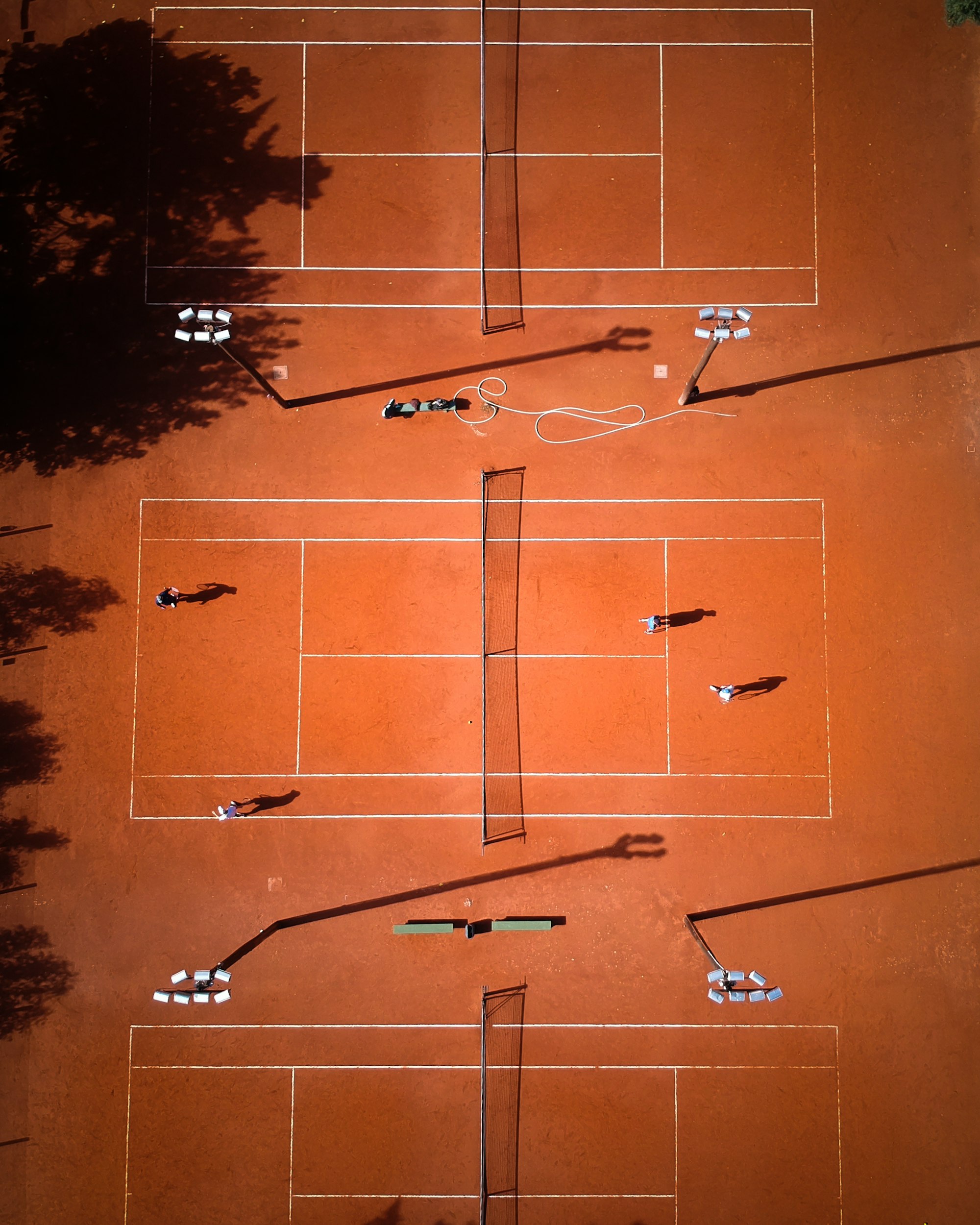
Exploiting Angles in Doubles Game
When it comes to the doubles game, understanding and exploiting angles can be a game-changer. Tennis players who master the use of angles can keep their opponents off-balance and open up the court for winning shots.
For instance, hitting the ball deep to the opponent's backhand side can force a weak shot, allowing the net player to cut off the ball and hit an angle volley. This strategy often leaves the opposing team scrambling and can lead to easy points.
Moreover, doubles players should aim to hit cross-court shots with precision. By doing so, they can create acute angles that are difficult for the opponents to return. This is particularly effective when the server's partner poaches, redirecting the ball at a sharp angle into the open court.
Recreational players can practice hitting a few returns cross-court during warm-ups to get a feel for the angle and to prepare for using this tactic during match play. Optimizing Court Coverage in Doubles Tennis In doubles tennis, optimizing court coverage is crucial for dominating the game.
The server's partner plays a pivotal role in this strategy, often determining the team's defensive and offensive positioning. By understanding the geometry of the tennis court, players can anticipate shots and cover the court more effectively.
For instance, when the server's partner positions themselves closer to the net, they can cut off angles for a cross-court return, forcing the opponent to hit towards the server or risk a more challenging down-the-line shot.
Effective court coverage also involves recognizing when to transition out of no man's land—the area between the baseline and the service line. Players caught in no man's land are vulnerable to both groundstrokes and lobs.
To avoid this, the server's partner should move in sync with the server, closing the net to put pressure on the opponents or backing up to cover deep shots. By mastering these movements, a team can control the court and keep their opponents guessing, making it harder for them to find open space.
Strategic Placement: Targeting the Opponent's Feet Strategic placement of shots is a key component of a winning doubles strategy. Aiming for the opponent's feet can be particularly effective, as it forces them to hit a low, defensive shot, giving the net player an opportunity to execute a winning volley.
This tactic works well when both opponents are at the baseline, but it can also be employed when one opponent is at the net. By hitting a low shot at the net player's feet, you can create a difficult situation for them, potentially leading to a weak reply that can be easily put away.
Moreover, targeting the opponent's feet is not just about hitting the ball hard; it's about precision and timing. A well-placed soft shot to the feet can be just as disruptive as a powerful drive. It's essential to read the play and line early, anticipating the opponent's movement and preparing to exploit their position.
Whether it's a gentle drop shot or a sharp angle, the goal is to keep the opponents off-balance and struggling to maintain control of the point. By consistently aiming low, players can dictate the pace of the game and set themselves up for success at the net.

Optimizing the Server's Partner Positioning
When it comes to doubles tennis, the server's partner's positioning can be a game-changer. This player has the unique advantage of being able to cover the net and create pressure immediately after the serve.
Ideally, the server's partner should position themselves in a way that threatens the return, often standing at the net within a racket's length of the service line. This aggressive stance can intimidate opponents and reduce their angle for a cross-court return.
By being closer to the net, the server's partner can also react quickly to volleys and smashes, keeping the opponents on their toes.
However, it's not just about being close to the net; the server's partner must also be mindful of their lateral position. Aligning with the server's position, they should be ready to move in sync with the ball.
If the serve goes wide, the partner shifts accordingly to cover the inevitable cross-court return. This dance between the server and their partner is crucial in cutting down the opponent's options and forcing errors.
By mastering this positioning, the server's partner becomes a formidable force at the net, often dictating the pace and outcome of the rally.
Navigating No Man's Land in Doubles
No man's land, the area between the baseline and the service line, is often considered the least advantageous position in tennis. In doubles play, venturing into this zone can be particularly perilous due to the increased angles and speed of the game.
However, there are moments when transitioning through no man's land is necessary, such as when moving to the net after a deep return or when retrieving a short ball. The key is to move through this area quickly and with purpose, minimizing the time spent in a vulnerable position.
When caught in no man's land, players should focus on hitting deep shots aimed at the opponent's feet, making it difficult for them to execute an aggressive response. By doing so, the player buys time to either retreat to a defensive baseline position or advance to the net for an offensive stance.
It's also essential to communicate with your partner during these transitions to ensure coverage of the court and to avoid confusion. While no man's land should generally be avoided, understanding how to navigate it can save points and disrupt the rhythm of the opponents, turning a potential weakness into a strategic maneuver.
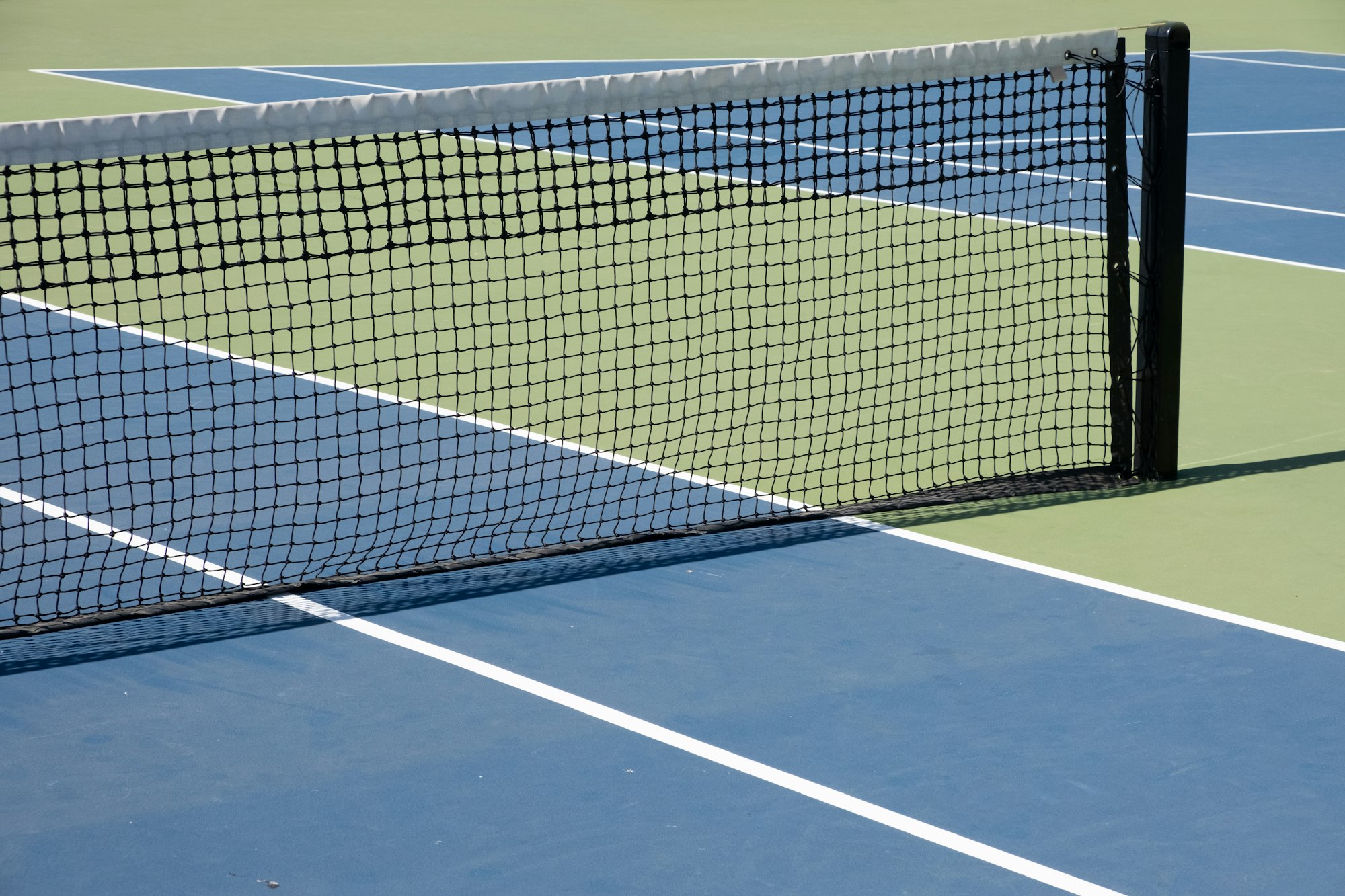
The Dynamic Duo: Serve and Approach
The serve and approach tactic is a classic yet effective strategy in doubles tennis. The server aims to hit a strong serve to the opponent's feet or backhand, forcing a defensive return. Immediately following the serve, the server moves in to capitalize on any weak returns.
This aggressive play puts immense pressure on the returners and can often lead to quick points. It's essential for the server's partner to be alert and ready to intercept any balls that come their way, especially if they can catch the returner off guard and hit to the open court.
On the deuce side, the server can play smarter doubles by serving wide to open up the court for the approaching shot. On the ad side, serving down the T can jam the returner, making it harder for them to produce a quality return.
The key is for the serving team to work in tandem, with the server's partner anticipating the ball's direction and moving accordingly. This coordinated effort can often force errors from the opponents or set up the net player for a decisive volley, inching the team closer to a win.
The Fake Poach
A fake poach is a deceptive move where the net player pretends to poach, only to stay put. This can cause the returner to hesitate or change their shot at the last moment, leading to errors. It's a psychological tactic that, when used effectively, can give your team an edge.
The Middle is Your Friend
Hitting the ball down the middle can create confusion between the opposing players and reduce their angle for a return shot. It's a safe and strategic play that can lead to more points for your team. The middle of the court is often an underutilized area in doubles, and exploiting it can be a key to winning more matches.
The No Man's Land
No man's land, the area between the baseline and the service box, is a place to avoid for the net player. Being caught in this zone makes you vulnerable to both lobs and low passing shots. The net player should strive to stay close to the net or move back with their partner to maintain a strong defensive position.
The Deuce Court vs. The Ad Court
The deuce court and the ad court present different challenges for the net player. In the deuce court, you're more likely to face forehand returns, while the ad court often sees more backhands. Understanding these nuances can help you anticipate the play and position yourself effectively.
The Importance of the First Volley
The first volley in doubles tennis can set the tone for the point. A strong first volley puts the serving team in an offensive position and can force the opposing team into a defensive stance. Practice hitting your first volley with purpose, aiming for the opponent's feet or into the doubles alley.
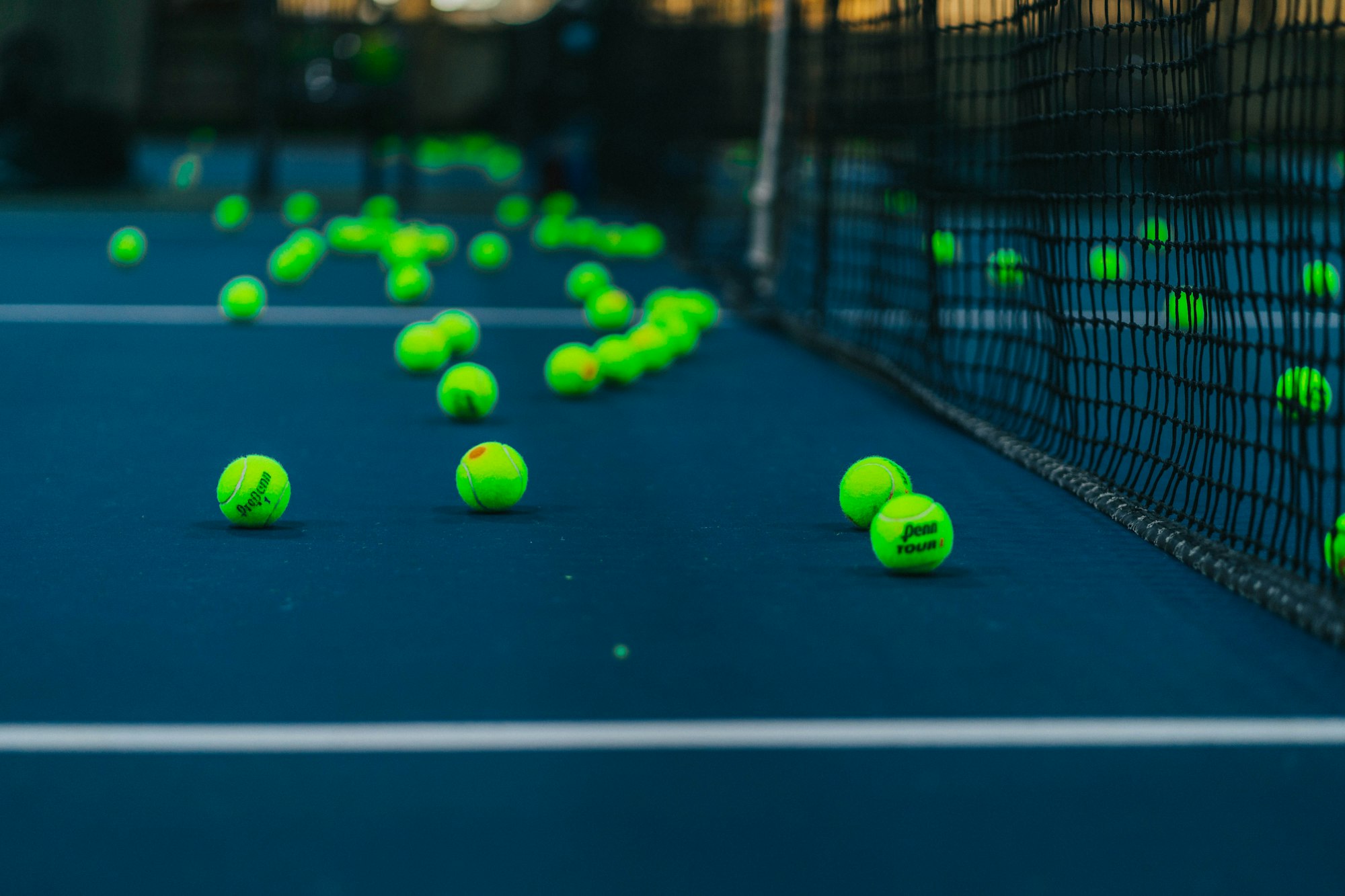
The Second Serve Opportunity
The second serve is an opportunity for the net player to be more aggressive. The serving team's net player should be ready to poach or put away a weak return. This can add pressure on the returner and lead to more double faults or return errors.
The Switch and the Stay
In doubles, deciding whether to switch sides or stay put after a shot can be crucial. This decision should be based on the ball's placement, your team's strengths, and the opponents' weaknesses. Quick and clear communication with your partner is essential to execute these movements smoothly.
The Lob Volley
The lob volley is a finesse shot that can catch the opposing net player off guard. It's a useful tool when the opposing team is constantly moving forward and can create space for your team. Practice this shot to add another layer to your net game.
The Importance of Footwork
Good footwork is the foundation of effective net play. The net player should be light on their feet, ready to move in any direction. Drills that focus on lateral movement, quick steps, and balance can improve your footwork and make you a more formidable net player.
The Endgame: Closing Out Points
Closing out points at the net requires focus and precision. Whether it's a sharp angle volley or a decisive smash, the net player must be ready to capitalize on any opportunity. Practice finishing points with your partner to develop a killer instinct at the net.
Playing Smarter, Not Harder
Playing smarter doubles means choosing the right shot at the right time. It's not always about power; sometimes, a well-placed soft volley or a strategic lob can be more effective. Analyze your opponents and adapt your net play to exploit their weaknesses.

The Serve's Impact on Net Play
The quality of the serve directly impacts the net player's opportunities. A strong serve can set up the net player for an easy volley, while a weak serve can put them on the defensive. Work with your partner to develop serves that complement your net play.
The Role of Consistency
Consistency at the net can be more valuable than flashy shots. Keeping the ball in play and forcing the other team to hit one more shot can often lead to errors. Focus on making a high percentage of your volleys and let the opponents make the mistakes.
Some Final Thoughts
Mastering how to play the net in doubles tennis involves a combination of positioning, communication, volley skills, and mental toughness. By understanding the dynamics of the net game and practicing with your doubles partner, you can become a formidable force on the court.
Remember to stay active, anticipate the ball, and work as a cohesive unit with your partner. With these strategies in hand, you're well on your way to dominating the net and winning more points in your doubles matches.

FAQ's
What is the best position for a net player in doubles tennis?
The best position for a net player is close to the center service line, slightly inside the service box. This allows for optimal coverage of the court and the ability to intercept a variety of shots.
How can I improve my volley skills for doubles tennis?
Practice is key to improving volley skills. Work with a ball machine or a partner to hit a high volume of volleys, focusing on placement, depth, and consistency. Incorporate drills that simulate match scenarios to refine your reactions and technique.
What are some effective communication strategies for doubles tennis?
Effective communication strategies include using hand signals before points to indicate serve direction or poaching intentions, verbal cues during play to call balls, and discussing strategy during changeovers to stay aligned with your partner's game plan.
Why is playing at the net crucial in doubles tennis?
Playing at the net in doubles tennis is crucial for several reasons. Firstly, it allows you to cut off angles and put pressure on your opponents, making it harder for them to hit effective shots. Additionally, being at the net enables you to anticipate and intercept shots, giving you the upper hand in controlling the pace of the game. Lastly, effective net play often results in shorter points, reducing the chances of errors and maximizing your team's efficiency.
How can I improve my reflexes for net play in doubles tennis?
Improving your reflexes at the net involves a combination of drills and focused practice. Start by incorporating reaction-based exercises into your training routine, such as rapid volleys with a practice partner or using a ball machine. Work on your footwork and positioning to ensure quick and efficient movement at the net. Additionally, engage in situational drills that simulate various game scenarios, helping you develop the instinct to react swiftly to shots aimed at the net.
What strategies can I use to communicate effectively with my doubles partner during net play?
Communication is key in doubles tennis, especially at the net. Establish clear and concise signals with your partner to indicate your intentions, such as signaling to poach or switch sides. Maintain an open line of communication between points to discuss tactics, strengths, and weaknesses of your opponents. Develop a sense of trust with your partner, ensuring that both of you are on the same page regarding movement, positioning, and overall strategy for effective net play.








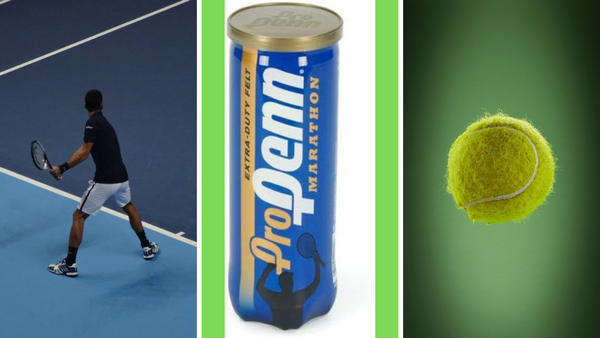
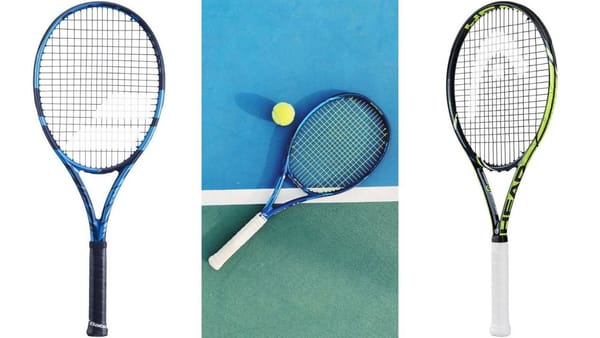
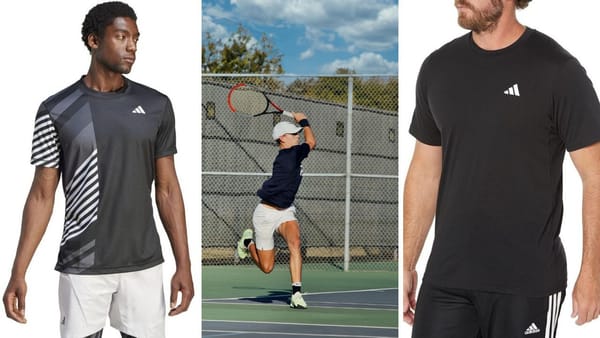

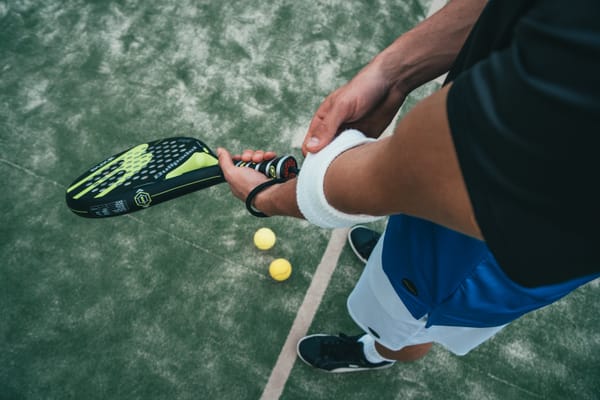
Member discussion